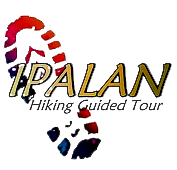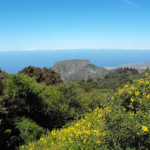Itinerant Trekkings
Trekking / itinerant hiking: What is it?
A route of several days to discover the island on foot (with a guide or self-guided) without a car, changing accommodation every day.
A sporty but comfortable program: luggage is transferred every day and you sleep in rural hotels.
Why choose this way of traveling in La Gomera?
– A richer and more authentic experience
– Not having to drive a car gives a feeling of freedom and thus no time is wasted in transport
– Sustainable tourism: Staying in rural towns and not only in tourist areas promotes a more balanced local economy. This program avoids the individual use of a car.
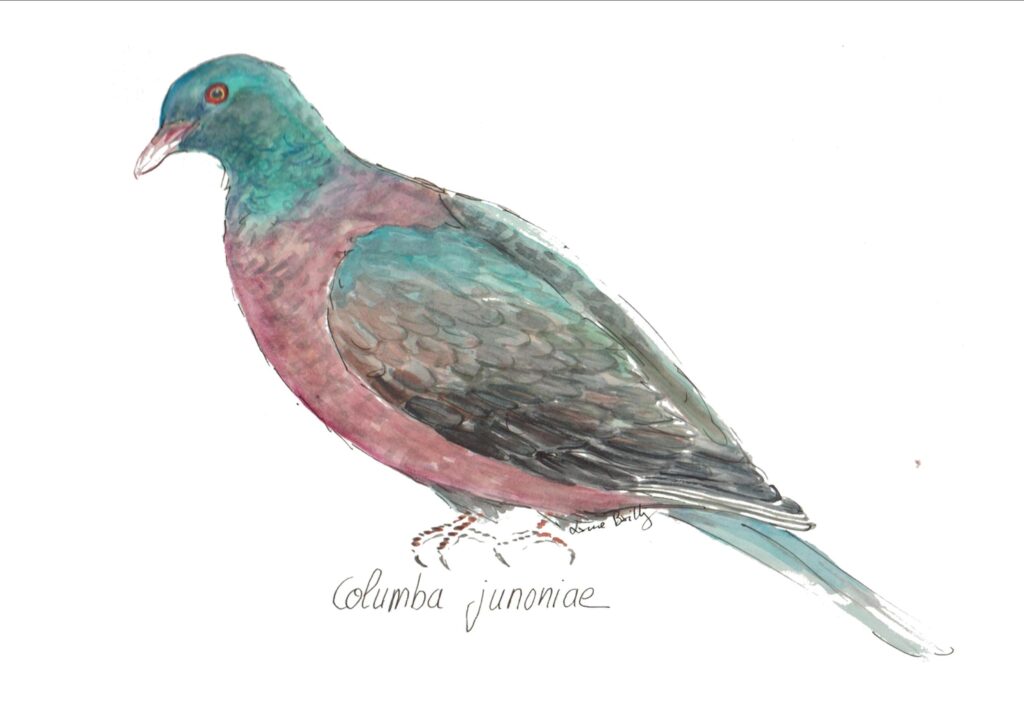
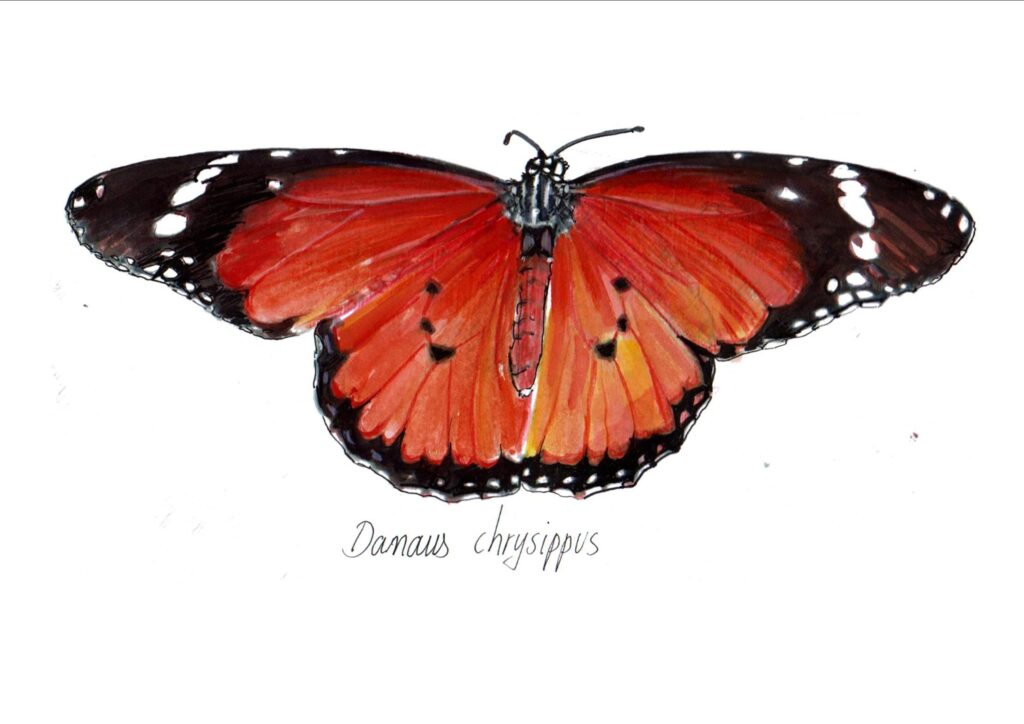
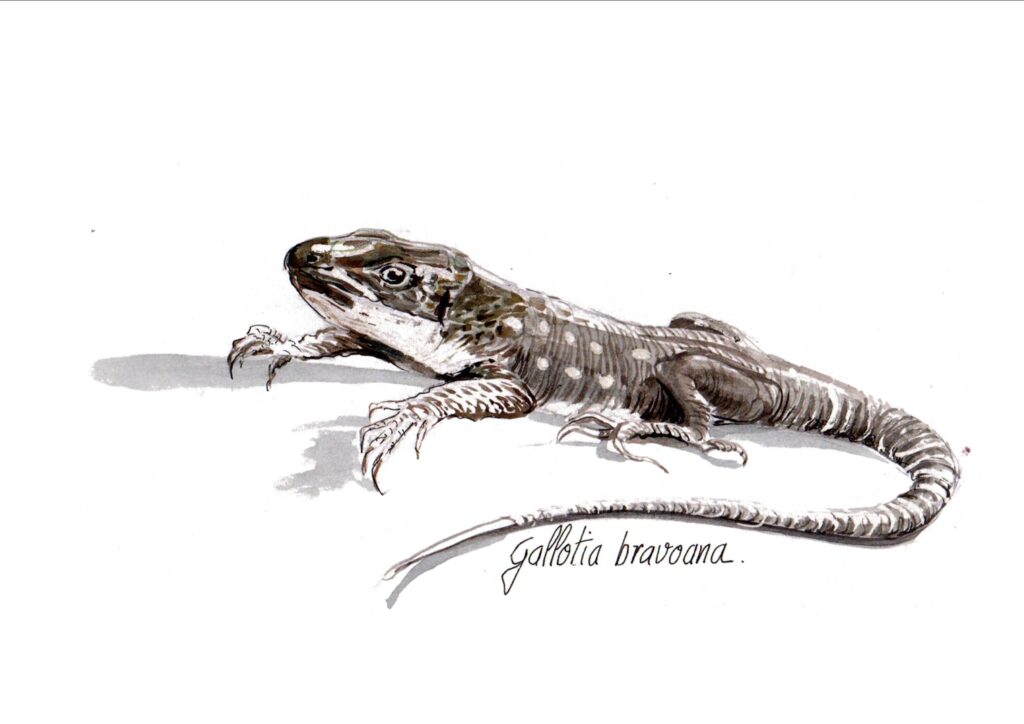
Our advatages:
1. Itinerant hiking tour
2. Guided/selfguided:
– All time with an official guide
– First day with an official guide and self-guided the next days
3. Local person to contact in case you need during your stay
4. Flexible route: each day you can choose between a moderate (N2) or a hard (N3) level for your walk
5. Luggage transfer included for all walking days
2 possible levels for your daily route :
N2 = Moderate : between 3 and 5 hours, gradient+ : 600m max
N3 = High between 4 and 8 hours, gradient+ : >600m
Itinerant trekkings in La Gomera
La Gomera, Canary Islands small emerald, is covered with an incredible flora and dramatic landscapes. Moreover it has a calm and welcoming genuine atmosphere.
Because of her topography, La Gomera is much wider than expected. It has many natural and cultural interests. It has the biggest and best conservated laurel forest in Canary Islands. With only 370km2, it has a huge biodiversity of 4182 animal species, 25% of them to be endemic from the island (highest rate in Canary Islands). In order to protect this natural treasure, many protected areas have been created such as Garajonay National Park, protected areas of Orone and Roque Cano or Valle Gran Rey Rural Park. Spectacular landscapes very different fom the one to the other that you can discover all along your path! Its culture, heritage from prehispanic culture, offers highlights such as the “silbo gomero”, a whistled language classified by UNESCO, traditional music, typical pottery and gastronomy. So many things to try, feel or taste!
With 650km of former paths connecting local villages, La Gomera is a real trekking Eden! So why not visit it with a itinerant hiking tour?
6 days trekking in la Gomera

Valle de Hermigua and Garajonay national park.

Valle de Hermigua – Vallehermoso

Vallehermoso – Chipude

Chipude- Alto de Garajonay (summit of the island)- Imada-Alajeró

Alajeró – Imada – Playa Santiago

Ayamosna – San Sebastián
3 days trekking in la Gomera

Garajonay National park- Chipude

Chipude- Alto de Garajonay (summit of the island) – Imada/Alajeró

Alajeró – Imada – Guarimiar – Playa Santiago
6 days trail (for mountain runners) in La Gomera

Valley of Hermigua y Garajonay National park
26 km,
Gradient: +1 110m, -1 100m

Valley of Hermigua- La Caleta- – Vallehermoso
25 km
Gradient : + 1 900m, -1990m

Vallehermoso – Epina – Alojerá – Valle Gran Rey
23 km
Gradient : + 1 500m, -1650m

Valle Gran Rey- Chipude- sommet de l’île – Imada-Alajeró
28 km
Gradient : + 1 650m, -800m

Alajeró – Imada – Los Roques – Benchijigua- Imada – Guarimiar – Playa Santiago
29 km
Gradient: + 1 600m, -2400m

Playa de Santiago – San Sebastián
21 km
Gradient : + 1150m, -1150m
Itinerant Trekking El Hierro
El Hierro, the westernmost, southernmost, least populated and smallest of the Canary Islands has an atmosphere of end of the world. Declared a biosphere reserve and geopark by UNESCO, this island has been able to protect its natural and cultural heritage. To not lose any of its treasures, you have to walk it along its many paths. This program has been designed to make you discover the interior of the island but also its coastal coastline. The interior is characterized by landscapes of recent volcanism, lush forests, and bucolic rural areas. The very jagged and wild coast was drawn according to the eruptions. The lava flows have sculpted surprising landscapes: sheltered natural pools, basalt columns, arches, islets… The North Coast, where the ocean is often very agitated, is impressive. The south side is generally quiet. Its crystal-clear waters are renowned for being the best diving and snorkeling area in the Canaries.
Plant lovers will be delighted. This island has many endemisms and majestic trees: tortuous junipers whose shape follows the direction of the wind; the “Garoé” which was the sacred tree of the bimbachés; centuries-old pines, giant heather covered with moss …
With an area of only 270km2, El Hierro is full of astonishing botanical, geological and cultural wealth. This atypical and wild island leaves no one indifferent.
6 days Trekking El Hierro

El Sabinar

Valverde – Frontera

Frontera

Frontera – La Restinga

Las Casas – Timijiraque

Valverde – Tamaduste

